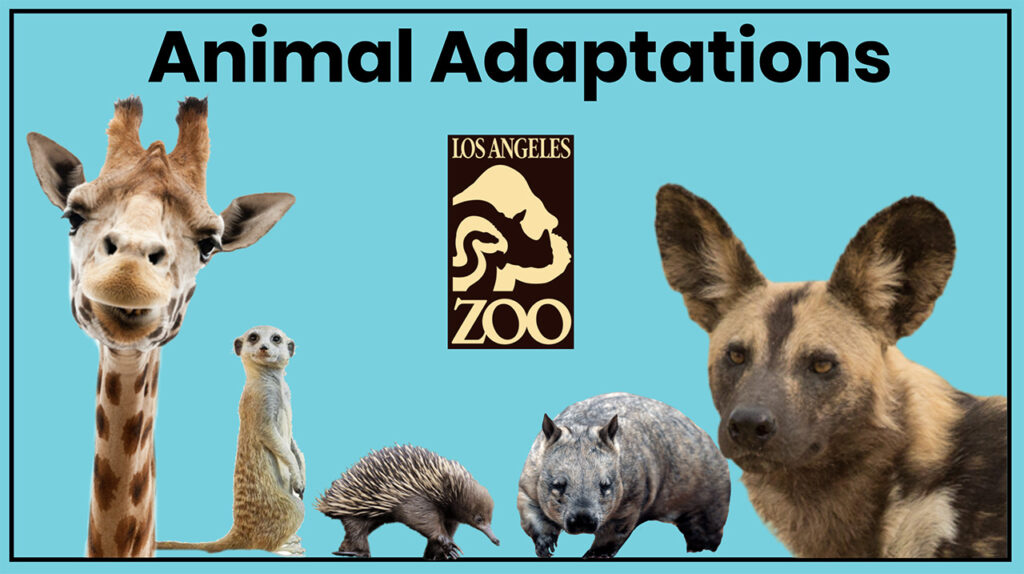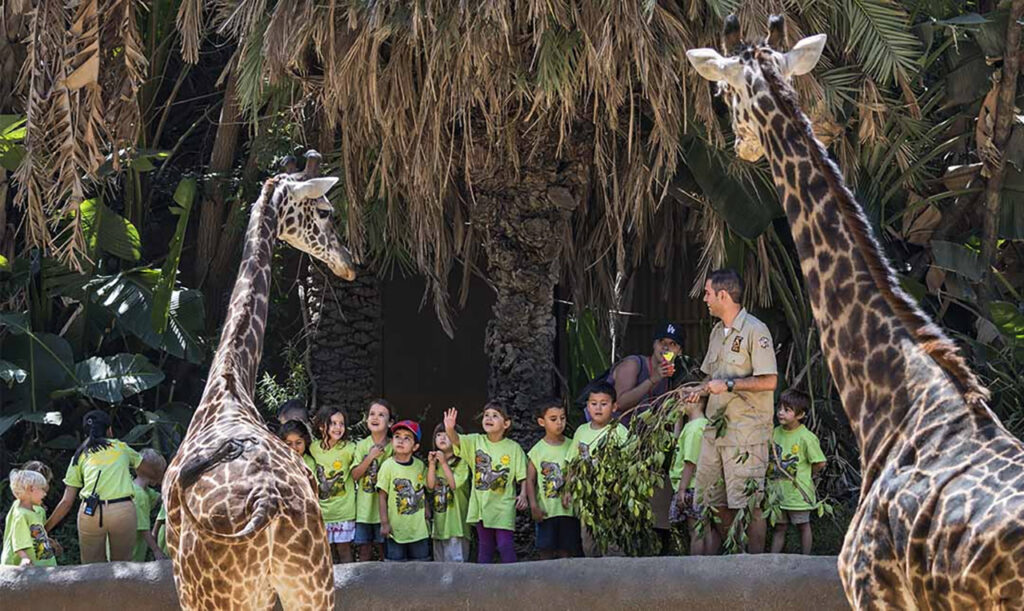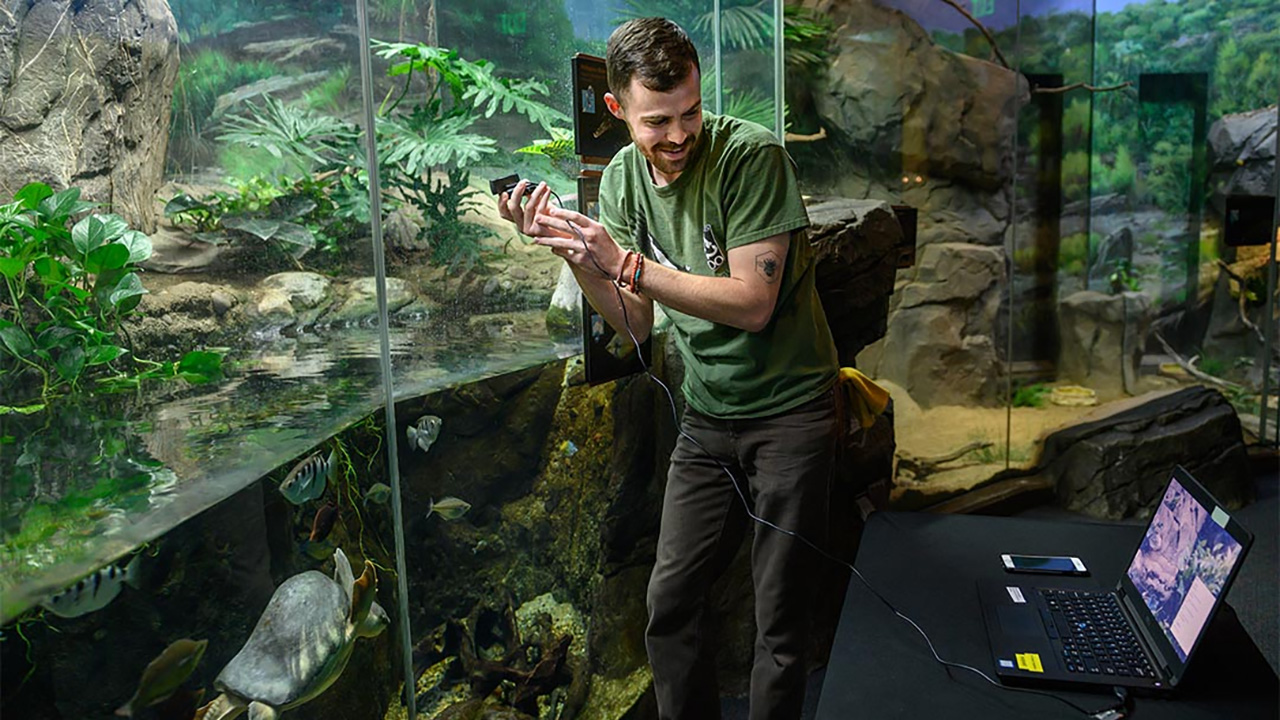Over the past year, COVID-19 and its related lockdowns have forced zoos to reimagine the visitor-animal experience. A key solution? Going digital, of course, and bringing their animal populations online to stay engaged with their public.
An attraction that’s successfully pivoted digitally is the Los Angeles Zoo and Botanical Gardens (LA Zoo), the 133-acre attraction that’s home to more than 270 species. Understanding that normal operations wouldn’t cut it, the zoo rapidly pushed out an online education program, at the heart of which sits its docent-led Virtual Field Trips, otherwise known as the VFT Program.
The program, available in English and Spanish, is split into two options. One is designed for K-2 and special needs students, allowing them to pick and choose from 12 animals and habitats they’d like to visit, and encouraging them to discuss their observations. Another option, called the Animal Adaptations field trip, provides grades 3-5 students with 16 zookeeper talks revolving around animals in four highlighted habitats. Both offerings are also available for free on the LA Zoo’s website as interactive presentations.

The zoo’s Virtual Field Trip program is available as an interactive presentation for use by teachers and students via the LA Zoo website. Image: LA Zoo
These VFTs aim to “enhance students’ ‘I notice’ and ‘I wonder’ skills,” says Terri Soderstrom, the Assistant Docent Chair Volunteer Programs of the Greater Los Angeles Zoo Association (GLAZA), the LA Zoo’s nonprofit support arm which manages the site’s programming, membership, marketing, education, and fundraising. Students are also urged to interact with the zoo’s docents: “Participation was encouraged with no ‘wrong’ answers,” Soderstrom adds, and with activities that prompt students to put “their observations into practice and laughing like a kookaburra, standing like a flamingo, or eating like a tortoise.”
Additionally, teachers are included in the reception process. “After each VFT, we invite teachers to complete a survey to provide us with feedback on their experience,” notes Heather Evans, Chair of the VFT Program and Assistant Docent Chair at GLAZA. “Their valuable feedback not only confirms that our virtual outreach is having tremendous impact, but it has fueled ideas for future virtual opportunities as we expand these offerings.”
Between December 1, 2020 and June 10, 2021, “the Virtual Field Trip Program provided 520 VFTs, reaching over 12,200 teachers and students, in addition to over a thousand onlooking friends and family members,” says Evans. The LA Zoo continues to offer VFTs via Zoom, Google Meet, Google Classroom, Microsoft Teams, and Webex.
GLAZA also created online training modules for volunteers with the program Coassemble and hosted donor events such as its ZOOm program, which hosted livestream chats on the zoo’s conservation efforts.
Surprisingly, given its digital push, GLAZA doesn’t have a specialized digital team, says Ashley E. Rodgers, who handles public relations at GLAZA. According to her, “Each individual department created their own strategies when it came to finding new ways to move into the digital space.”

Over the past year, LA Zoo has seen soaring engagement across its online platforms, including a 151 percent increase in video views and a 106 percent increase in shares. Image: LA Zoo
LA Zoo isn’t the only attraction that’s successfully grown their digital presence. According to The Impact of Virtual Programs on Revenue Generation for Cultural Organizations, a Cuseum report that surveyed over 500 institutions, 92 percent of respondents — that’s 23 zoos including Phoenix Zoo, Dallas Zoo, and Houston Zoo — report they have digital programming. And within that demographic, 91 percent of zoos and aquariums offer virtual animal cameos.
Regarding the return-on-investment for virtual animal cameos, the report states that for a program that requires less than 10 hours to plan and prepare, zoos can charge more than $100 for one of these 15-minute encounters. In short, zoos can earn as much as “$25 per minute through cameos.”
“Since the pandemic, it has become increasingly important that digital expertise does not remain solely in the purview of dedicated digital engagement teams, but that digital competency is valued organization-wide,” Maddie Taylor, Marketing & Content Lead at Cuseum, tells Jing Culture & Commerce. “Low-lift, turnkey digital solutions can also help facilitate early digital transformation.”
Since flourishing digitally, LA Zoo has no plans to wrap its Virtual Field Trips program, which, according to Evans, is booked up until June 2022. “As we broaden our virtual outreach programs, potential future offerings range from information-based three-species guest lectures to live virtual introductions to our goats and sheep at Muriel’s Ranch (our petting zoo),” she says. “While the pandemic has been challenging for everyone, we are grateful that it inspired so many new programs, filling niches that will enable us to reach more and more students every day.”



